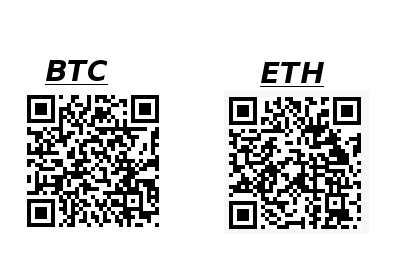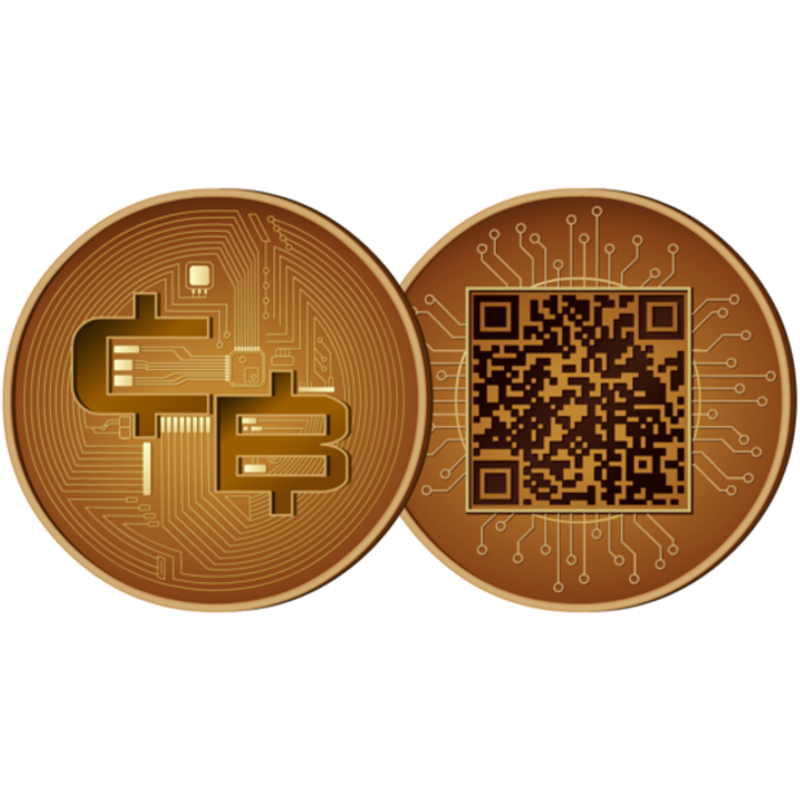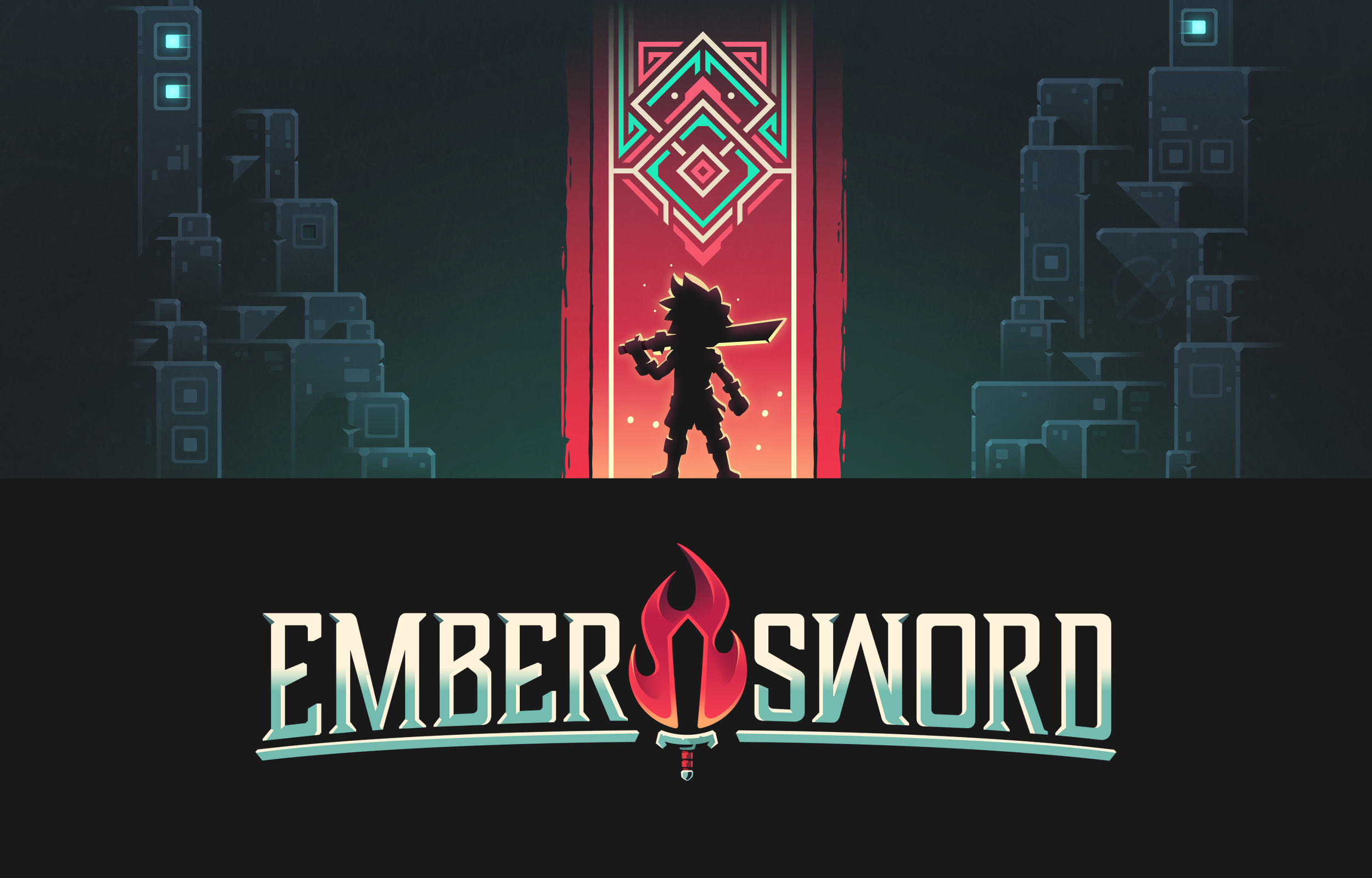The Split Tally Stick System: The Primitive Inspiration to the Blockchain
Bitcoin has become this revolution that has inspired some, saved many, and lit a fire in others. We are intrigued by an idea of money that is decentralized, free from government control, and one that can’t be inflated. Personally this has caused me to go on a journey of economic education. It has caused me to question what we know to be the norm and to go on a search for answers. So I figured Bitcoin is a revolution! Something the world has never seen before! And I am proud to say, I messed up. To paraphrase James Baldwin:
“You never know where you’re going, until you know where you’ve been.”
Will Smith, Will 2K off the Willenium Album
Yes. I did just quote Willenium. The point is what he said is true. We have to see what others have tried, where they succeeded and where they failed. Learn from that and then move forward. Will we be right? Only time will tell, but fear of failure is not a reason to remain complacent.
I started to take a look at The Federal Reserve and it’s history when I came upon a documentary that I found on Youtube called “The Money Masters: How International Bankers Gained Control of America”(You can watch it here). No lie, it is not the most entertaining of documentaries, but wow, is it useful. In it the host described a system called the Split Tally, and after he described the system I realized something. It was Blockchain! It blew my mind and I felt that if you’re into blockchain technology then you owe it to yourself to know about the Split Tally System, flaws and all. To start, we need to go back, way back… now go further.
What was the original Tally Stick?
If you go back far enough, and trust me you don’t need to go back too far, you will reach a time where there was no paper. Paper is amazing because it allows us to keep track of things in an easy and organized manor. Before paper we still needed to keep track of things. If we go back a few dozen and a half of millennia you will find what is known as a Tally Stick.
The Tally Stick was a simple piece of wood or bone that had notches in it and it kept track of things. This could be anything. In fact one of the oldest pieces on record dates back to 35,000BC. It was a baboon bone with notches in it, some scientists presume that it was used to keep track of the lunar cycle, but of course we can’t know for sure.
I can’t tell you why the Tally Stick was created in the first place but I can say that it was useful because everyone could use it. Even after paper was invented it didn’t help everyone because not everyone could read, but most could count. If you can count notches then you can keep track of anything you need to keep track of. It was also sturdier than paper, but not always indestructible.
Systems like this went on that way for thousands and thousands of years, and in some extremely obscure areas of the world it’s still used today. It wasn’t the only system, and it wasn’t the most popular, but it was reliable and easy to use. So reliable in fact that in the 1100s King Henry I decided to use this system and take it a step further by creating the Split Tally System.
The King was not pleased with money in it’s current form because it had become corrupt and manipulated which made it very hard to collect taxes, and what is a king without taxes? He decided to use wood notched in a specific way to keep track of how much money someone had down to the smallest penny. He would then split the stick down the middle lengthwise and give one half to the citizen, the other half he would keep.
What did the Tally Stick become?
This system worked so well that a demand for Tally Sticks grew and eventually became a form of money for exchange, actually a better way to think of Tally Sticks is Credit Cards. It wasn’t just the King who could make these, anyone could, including people and businesses who needed to borrow and lend money. Before you go off and say, “So that means I could make my own money?” just know that if an individual alone made a Split Tally Stick, it would have been useless. There needs to be a second party involved to agree to take on the debt or loan. It became a system in which individuals would agree upon an amount and create records that multiple people had in order to keep track of, and have confirmation of, the ledger. This is essentially the Blockchain!
How it worked is the stick was split in two, but one stick was longer than the other. The longer part, called the “Stock”, was given to the Lender, and the smaller part, called the “Foil”, was given to the Borrower. It was now on the Borrower to pay back the money owed to the… wait for it… Stockholder. Sound Familiar? If it doesn’t then you really should get out more.
The method worked, and quite well. It was virtually impossible to counterfeit. The grooves of the wood were so specific that it was easy to validate. If the one half was genuine then it would fit perfectly with it’s counterpart. It was also a Debt-Free system. This was not about creating more than what was available, this was about working only with what a country had in total and it would just shift around. It was great, and it worked for centuries, until…
Why did it fail?
Royalty got greedy. They kept on taxing it’s people for it’s own purposes. The country’s citizens were becoming poorer and poorer. Resentment towards the sticks began to grow and grow.
In the 1800s the Bank of England was formed, and much like our Federal Reserve it was not a government backed bank. It was privatized. The government had to borrow money from the bank, so they created a lot of stock. With it’s citizens being broke, and not paying any taxes, the government eventually couldn’t pay back the loan so they decided to change the system all together and get rid of the Split Tally System. They ordered all the sticks to be burned, and well, this happened:
“… they never had been useful, and official routine required that they never should be, and so the order went forth that they were to be privately and confidentially burnt. It came to pass that they were burnt in a stove in the House of Lords. The stove, overgorged with these preposterous sticks, set fire to the panelling; the panelling set fire to the House of Lords; the House of Lords set fire to the House of Commons; the two houses were reduced to ashes”
Charles Dickens, Speech on Adminstrative Reform, Theatre Royal 1855
Charles Dickens, as you can see, was definitely not a fan of them, but who would be? The people were hungry and dying, and they were in search of something different. Something that could bring any relief to them and change the economic system as they knew it. They felt the Tally Stick System was to blame and they were in search for a new monetary system. Again, sound familiar?
They probably should have taken the burning down of the biggest government offices as a sign that getting rid of this system was a bad idea, but that’s besides the point. This eventually lead to the system that is in place today around the world, fiat money.
Conclusion
Ultimately the system was not perfect. It had it’s flaws, one of the funniest being they used the width of the Palm, Thumb, the little finger, and swollen Barely Corn to measure denominations. I would have found the fattest accountant possible to measure my stick.
What was not flawed was the system of keeping track of the money. It was virtually counterfeit proof and it was not based on debt. What more could you ask for?
Where it went wrong was the privatizing of the Bank of England. They eventually were willing to do anything to make more and more money, and that is exactly what happened.
We currently live in a system where we are constantly required to pay more and more for services just to live. So how do we make ends meet? We borrow money, money that doesn’t even exist because so many people need to borrow money that they must create it. Which in turn makes the money the “debt-free” money we have less and less valuable.
So will Bitcoin free us from all this? No. Bitcoin alone is not going to help, it is just one piece of the puzzle, although it’s a key piece. We need a lot more to change, but if this can cause a domino effect, then I am more than willing to push this first piece forward.
One More Quick Thing!
Thank you so much for reading this, for those of you who do not know us we are The Coin Boys, a cryptocurrency podcast. If you enjoyed this then I encourage and ask you to subscribe, rate, and review our independent podcast wherever you listen to your favorite podcasts. We also have a place where you can donate to help improve what we do, as well as join our email list which will help grow the community. Our email list is for us and us alone so we can give you some exclusive content in the future as a thank you. Keep on learning and feel free to write or call us and leave a message if you have any questions or comments. You might even be played on our podcast!




